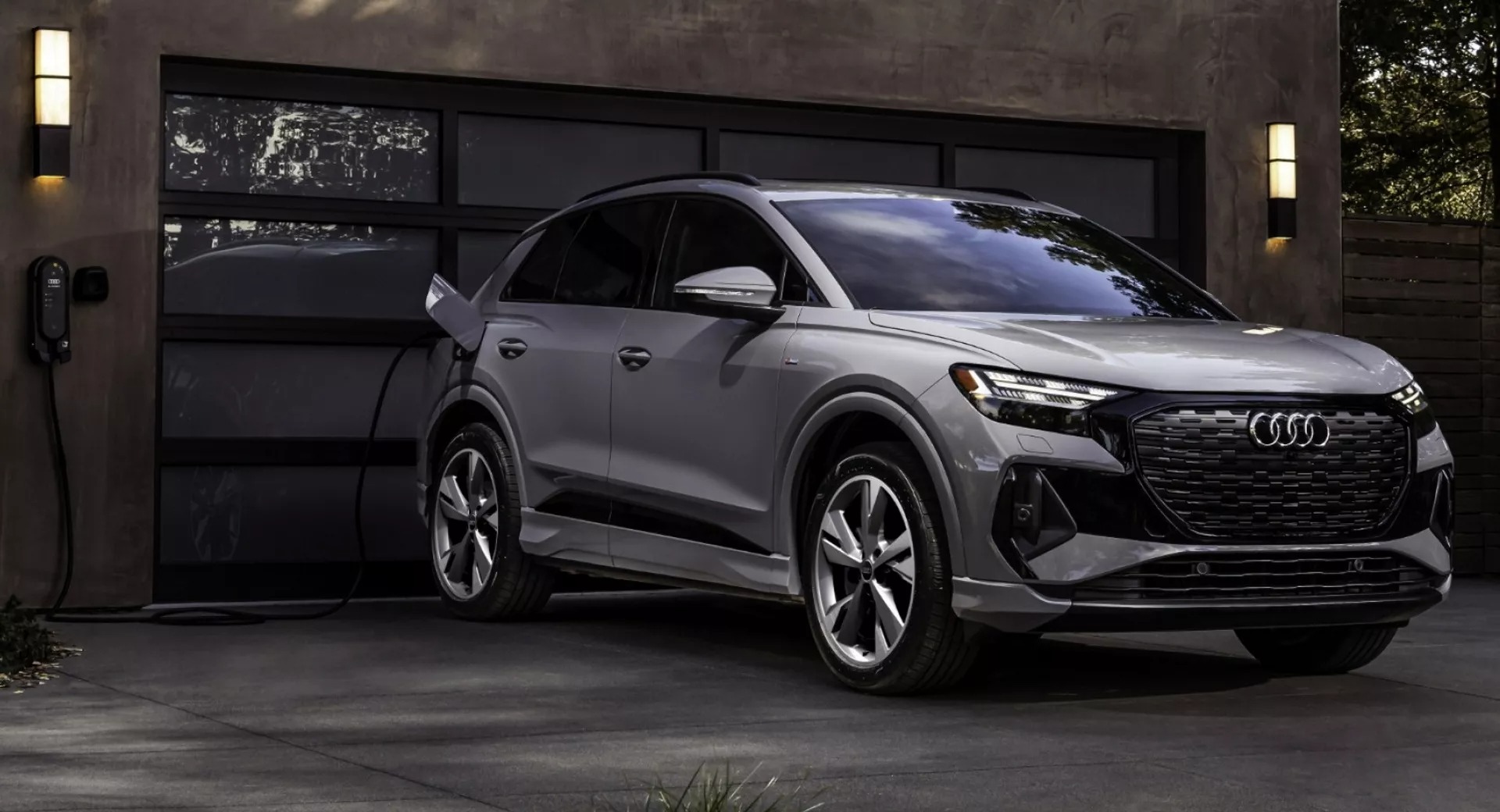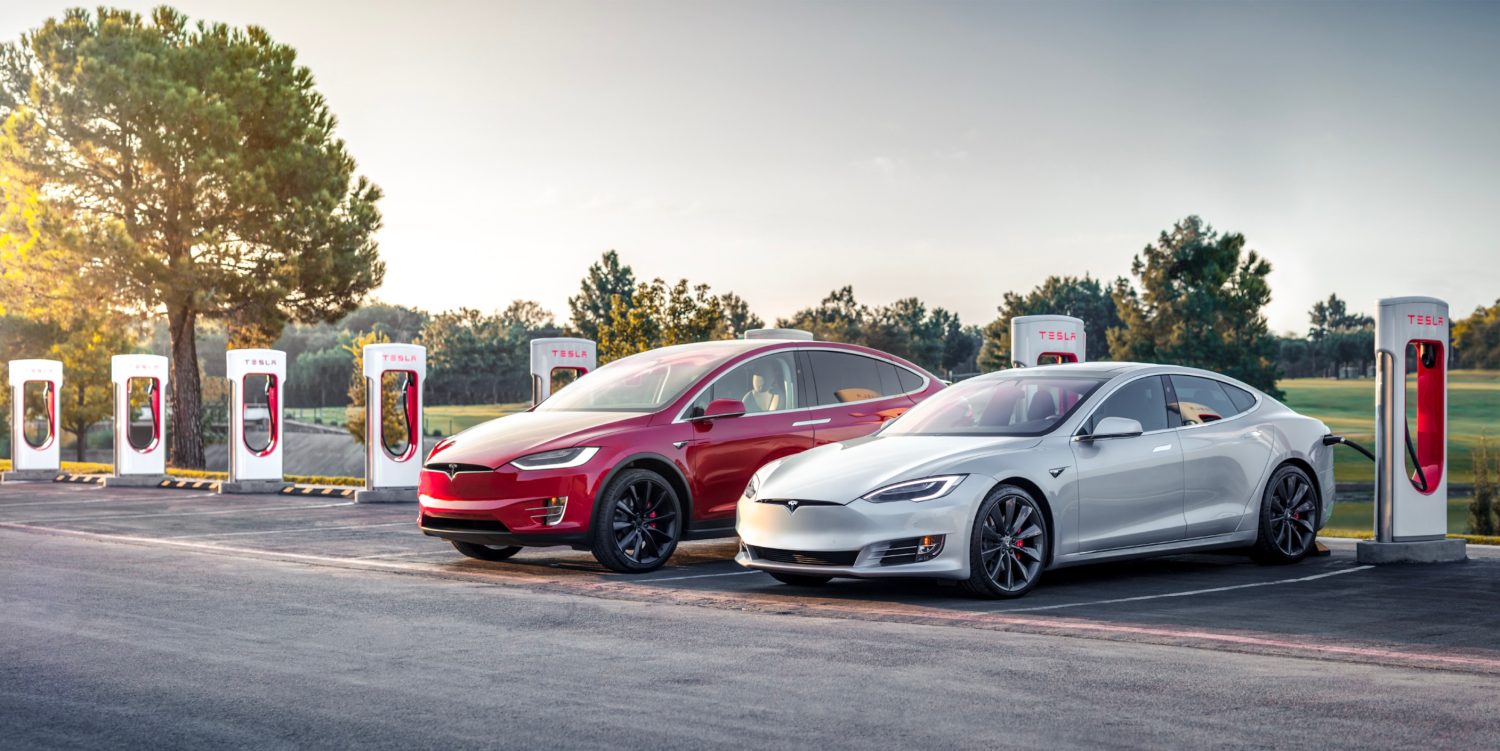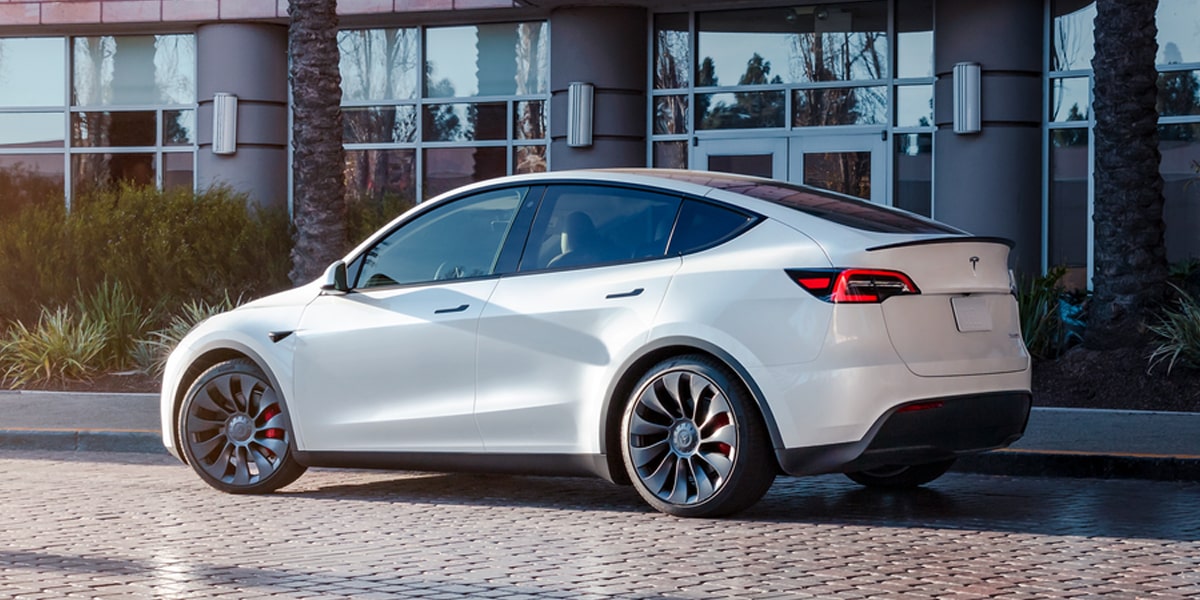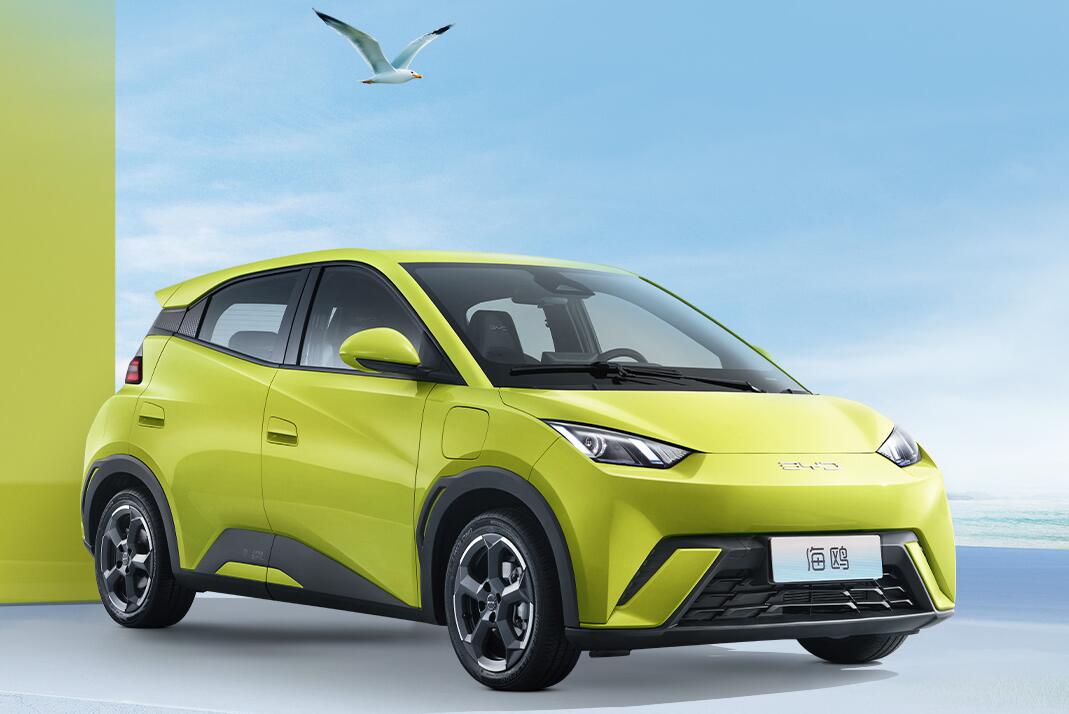The automotive industry has been shifting towards electric vehicles (EVs) for years, with plug-in hybrids (PHEVs) serving as a bridge between internal combustion engines (ICEs) and fully electric cars. Popular automakers such as Toyota, Volvo, and BMW have developed numerous PHEV models, allowing drivers hesitant to go fully electric to experience EV technology.
However, the latest report from the US Department of Energy indicates that battery-electric vehicle (BEV) models have surpassed PHEVs for the first time since 2014. The number of available BEV models increased from 20 to 38 in just one year, while the number of PHEV models dropped in 2022.
The Department of Energy’s counting method excluded multiple configurations, meaning that each model was counted only once. Although the number of available BEVs has now surpassed PHEVs, fully electric vehicles have outsold PHEVs since 2018.
According to Green Car Reports, BEVs accounted for approximately 6% of the US auto market, while PHEVs represented only 1% at the end of 2022.
While PHEVs may still have a place in the automotive industry, the market is clearly indicating a preference for BEVs. However, PHEVs will need to meet higher standards. For instance, California’s Advanced Clean Cars II (ACCII) will require PHEVs to have a minimum of 50 miles of electric range.
The shift towards electric vehicles is expected to continue as automakers focus on improving EV technology and governments implement policies to reduce carbon emissions. In the coming years, it is likely that more consumers will be considering BEVs, and PHEVs may become less relevant in the market.








